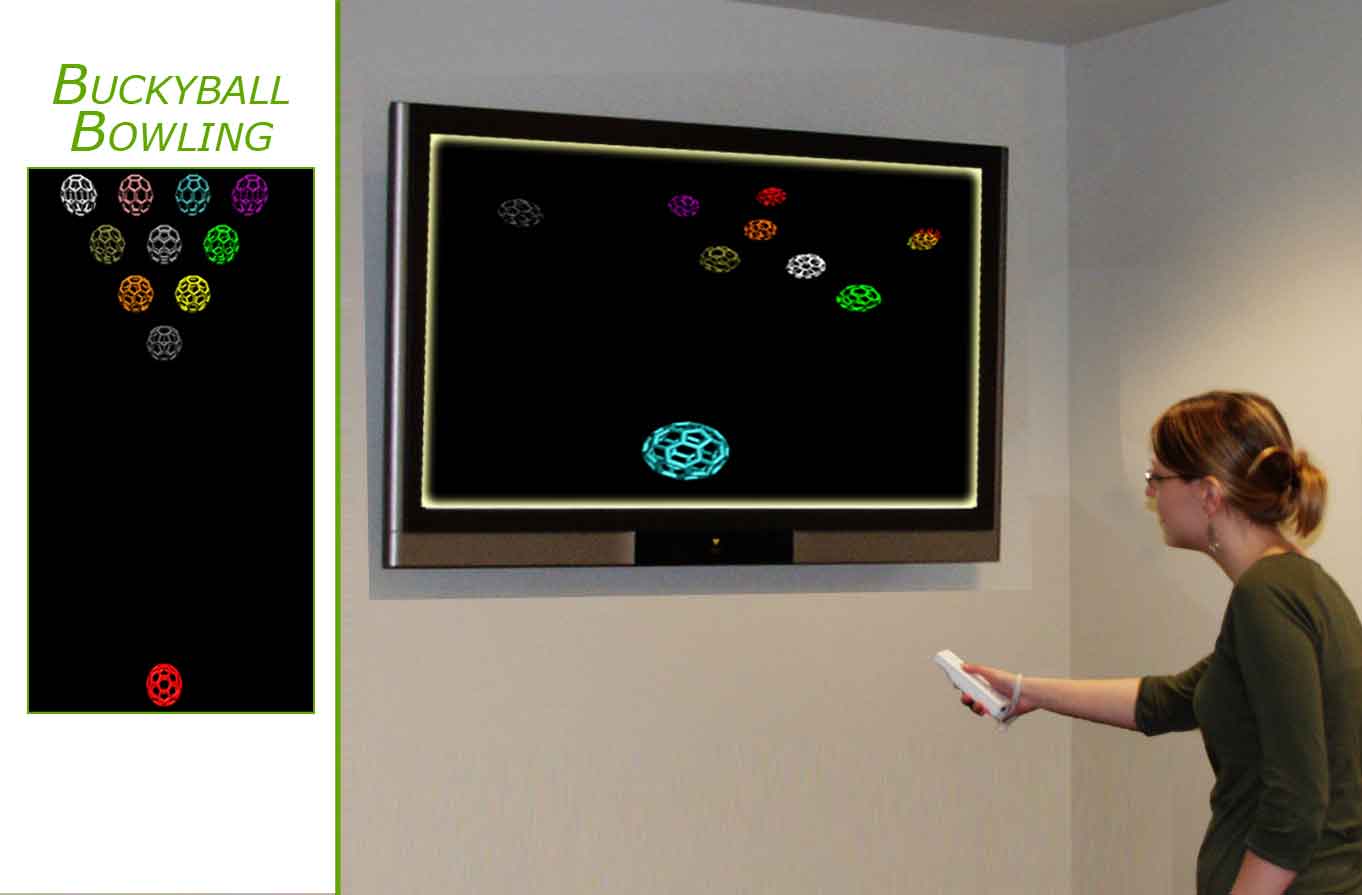Wii remote makes molecular dynamics fun!
“We expect that WiiMD will offer scientists an easily usable tool to gain insight into simulations,” says Brown, “as well as provide an entertaining educational outreach tool to help interest students in biology, chemistry and physics and to engage them in the excitement of computational science.”
“The ability to interact directly with these simulations,” says Blood, “allows scientists and students to easily explore and get a feel for the system they are studying, making it possible to quickly uncover avenues of inquiry that they might not otherwise consider. WiiMD takes this mode of discovery off of the desktop and opens it up to classroom and group settings.”
With BigBen as the computational workhorse, the WiiMote interacts directly with MD simulation via a Linux computer altered to accept commands from the WiiMote. The “glue” for the WiiMD capability, which linked the interactive visualization in real-time on the Reno show floor with simulations on BigBen, is PDIO (Portals Direct I/O), software developed by PSC scientist Nathan Stone that routes simulation data from the XT3 in real time to remote users.
To develop WiiMD, the PSC team created custom versions of MD software called NAMD (Not just Any Molecular Dynamics) developed by Klaus Schulten’s group at the University of Illinois, Urbana-Champaign, one of the most scalable (adapting well to use on hundreds or thousands of processors simultaneously) MD packages available, and VMD, a visualization package for biomolecular systems also developed by the Schulten group.
Man, if I had this in Chemistry class I would of done a whole lot better!


